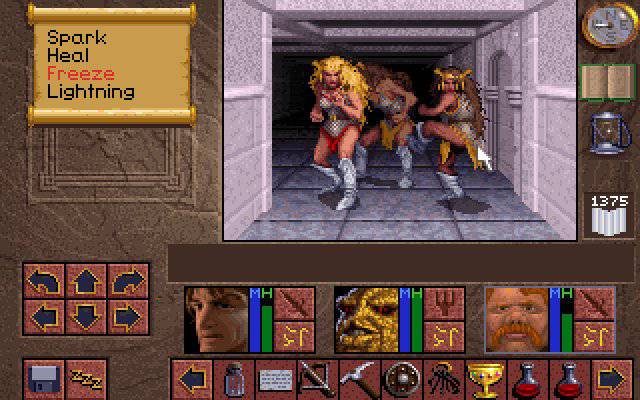

Ishiguro’s study of the way we dehumanize others-even those who are essential to our survival-has led critics to explore the radical underpinnings of his work. The novel is set at a boarding school where clones are raised by reformist liberal caretakers who give their young lives a veneer of normalcy but do nothing to challenge the organ-harvesting program that will eventually kill them. In his 2005 book, Never Let Me Go, he imagines a counterfactual 1990s England that triumphs over disease by producing a subordinate class of human clones whose organs are harvested. More recent works have also explored the forms of self-delusion that allow violence to flourish, but they’ve shifted from historical Britain or Japan to worlds of Ishiguro’s own invention. The Remains of the Day, which came out three years later, tells the story of a British butler who realizes that he has spent his life in the loyal service of a Nazi sympathizer.

An Artist of the Floating World, published in 1986, features an aging artist reflecting on his participation in the Japanese imperialist movement. Ishiguro’s fiction has often explored the subject of complicity, but he has usually set these stories in a real or counterhistorical past. Love, Ishiguro reminds us, is not always an antidote to exploitation and repression it may even be the thing that makes us complicit in large-scale violence. And this dynamic is not only interpersonal but central to today’s politics as well. Through Klara, Josie, and Chrissie, Ishiguro shows how care is often intertwined with exploitation, how love is often grounded in selfishness. Yet its real political power lies not in these topical references but in its quietly eviscerating treatment of love. It explores many of the subjects that fill our news feeds, from artificial intelligence to meritocracy. This “lifting,” as it is called, seems to have been directed by her mother, Chrissie, who hopes to secure Josie’s future in a world populated by the swelling ranks of the “post-employed.”ĭespite its futuristic premise, Klara and the Sun is aimed at our present. Along with other children from her social class, she has been mysteriously altered in order to become smarter, so as to be more competitive in the college admissions process. Why is she lonely enough to want an AF in the first place? Ishiguro reveals that Josie too has been the subject of scientific experimentation. While she is hopeful about her future, readers glimpse what might await AFs like her: Josie, who eventually buys Klara, promises her that she will live in her bedroom, “not in some cupboard or anything.” Later, at a party, two teenage boys threaten to throw Klara across the room, saying that their own Artificial Friend “lands on her feet every time” and hinting at the abuse many AFs may experience.Īlthough the early chapters focus on the exploitation of AFs, the novel gradually redirects our attention from Klara to Josie. The novel begins in an AF store, where Klara spends her days observing the passersby outside, trying to understand the human world she will one day join. Klara and the Sun-British novelist Kazuo Ishiguro’s latest novel, and his first since winning the Nobel Prize in 2017-is narrated by a robot named Klara, created to serve as an AF, or Artificial Friend, to lonely children.


 0 kommentar(er)
0 kommentar(er)
